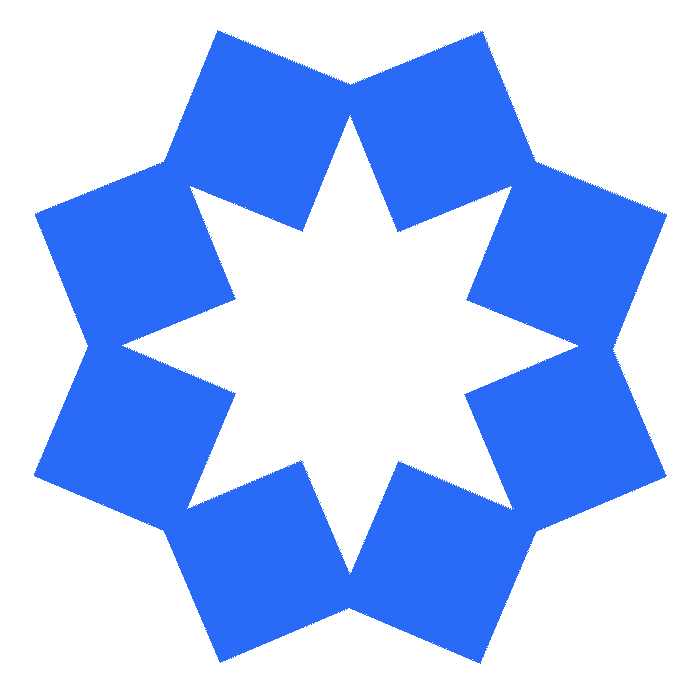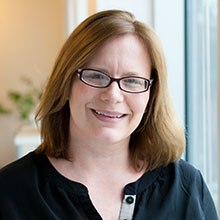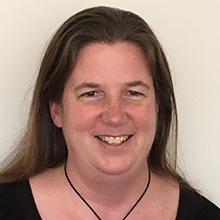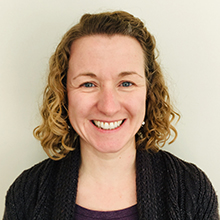Math+C: Mathematics Through Programming in the Elementary Grades
Principal Investigators:
EDC Staff:
Funded by:
National Science Foundation
Partners:
Horizon Research, Inc.
Region:
United States
Duration:
2020-Present
Challenge
Children can often be limited in expressing their robust mathematical ideas using written language on paper. But what if children were provided with another type of language to show their thinking? And how might that support their math learning?
In this project, EDC examined how computer programming, integrated with core mathematics content, influences elementary students’ mathematical and computational thinking. As part of the project, EDC developed programming microworlds for students in Grades 3 through 5 as well as instructional resources to support teachers. The microworlds use the block-based programming language Snap! and are accessible in multiple languages.
Key Activities
In collaboration with its partners, EDC carried out the following activities:
- Developed microworlds focused on core mathematics content in grades 3 through 5, including multiplication, fractions on a number line, and decimals
- Piloted microworlds and solicit feedback from students, teachers, instructional coaches, and administrators on design and usability
- Created a free and customizable generic microworld format within the block-based programming language Snap!
Our Impact
- The team fully developed and tested 11 microworlds that are available online for classroom use.
- Over 150 students and 17 teachers have participated in ongoing professional development and the implementation of the microworlds in their classrooms.
- Other programmers and educators have created their own microworlds based upon the generic infrastructure developed within this project and our related project Think Math+C: Integrating Programming into a Comprehensive K–5 Mathematics Curriculum.
- The team has presented on this work over 20 times and has extensively published and presented its findings to advance knowledge of how computer programming can help young students build, explore, and refine their mathematical ideas. Their articles appear in Mathematics Teacher: Learning and Teaching, PK-12, British Journal of Educational Technology, and Digital Experiences in Mathematics Education.









